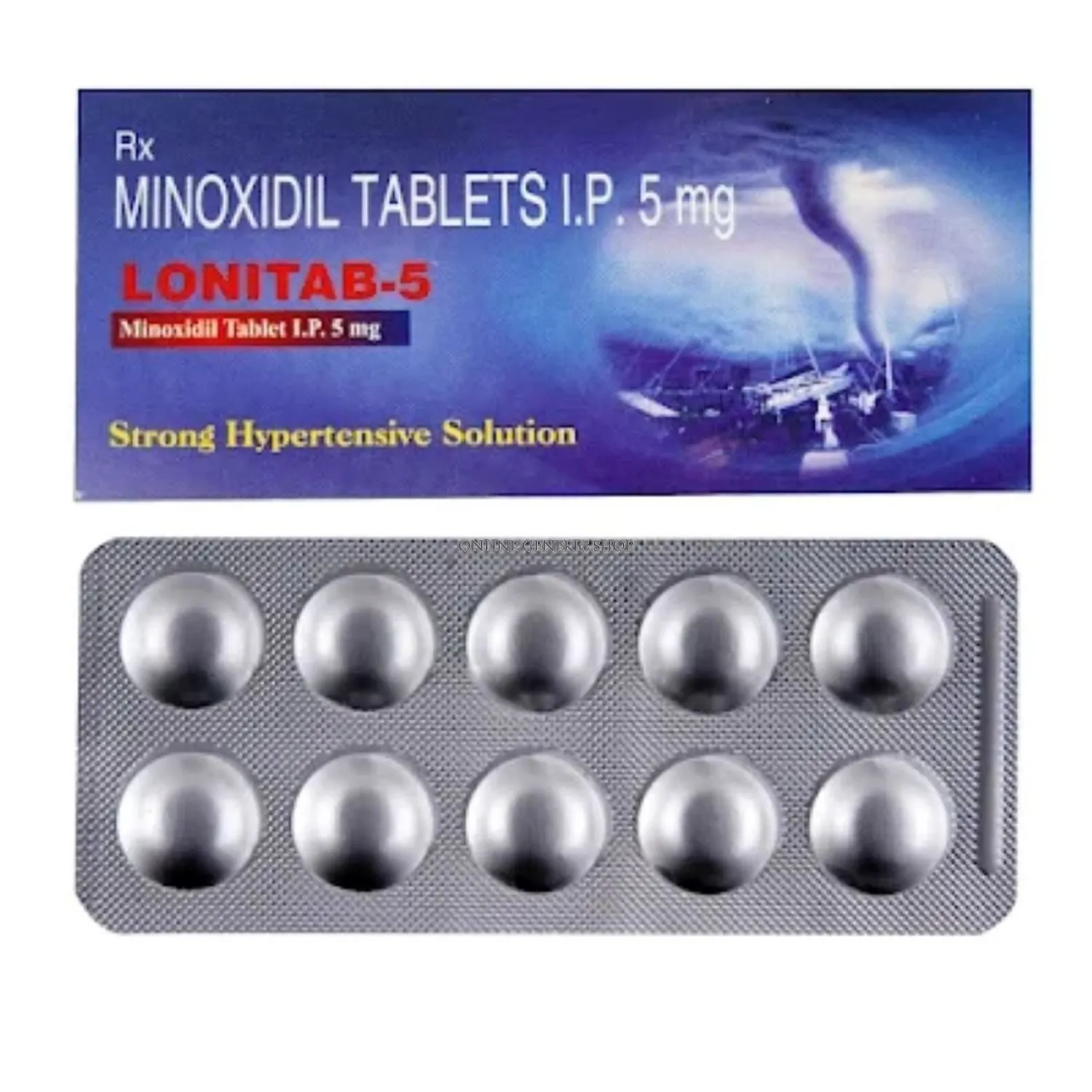Product Grid
Hair Loss
Hair loss (alopecia) can be limited to your scalp or affect your entire body, and it may be temporary or permanent.
This can be caused by heredity, hormonal changes, illnesses, or it may be a normal part of aging.
Being bald is not gender-biased, but it happens more frequently in men.
Alopecia generally means excessive or abnormal loss of scalp hair.
Age-related hereditary hair loss is the most frequent cause of hair loss in aging individuals.
Some of us might prefer to not treat our hair loss and just let it happen, not hiding our baldness in any way.
Others can use hair styles, makeup, hats or scarfs to hide it.
Besides, others decide to seek one of the treatments that are offered to prevent hair loss or encourage it to grow back.
Before choosing a hair loss treatment, you should consult your doctor on the cause of your hair loss and treatment alternatives.
Hair loss symptoms
Alopecia’s most noticeable symptom is losing more hair than normal, which may sound like an obvious one, but it can actually be trickier to spot than you think.
The following symptoms can provide some clues:
Widening part. If you part your hair, you may notice that your part is getting wider, which in turn is a sign of hair loss as well.
Receding hairline. On the other hand, if you find your hairline looking more elevated than usual it may an indicator of hair thinning.
Loose hair. After brushing/ combing your hair, check for strands on the brush/ comb.
Bald patches. Their sizes will vary and they will get bigger and bigger.
Clogged drains. Perhaps you will discover that your hair gets stuck in the sink or shower drain.
Pain or itching. If you have a skin condition on your scalp, which is the cause of your hair loss, you might experience itching and pain.
What Causes Hair Loss?
The hair loss is of many kinds, some of them are common and some are rare. Each of these has a different reason behind it.
The kind of hair loss can be attributed to the genetic makeup of a person, internal and external causes.
Here’s a look at a few different types of hair loss:
Androgenic alopecia
Androgenic alopecia is the term given to hereditary hair loss such as male or female pattern baldness, and is also known as “pattern alopecia” because it can affect males and females.
It is the leading cause of hair loss as well and it is estimated to afflict up to 50 percent of people.
Gradual hair loss, which is mostly associated with androgenic alopecia, is usually the norm.
The appearance of hair loss can vary from one person to another.
Some people may start to lose hair during early puberty while others may not experience symptoms until their middle ages.
Women’s pattern baldness can cause thinning over the whole scalp and might look like parting becoming wider or thinner.
This is mostly a post-menopausal phase, but some females can have it early in their lives.
The male hair loss is characterized by the progressive loss of hair above the temples and thinning on the top of the head, forming the famous “M” shape pattern.
Read more about the genetic cause of hair fall.
Alopecia areata
Alopécia areata is an autoimmune condition that leads your immune system to attack hair follicles and which results in bald patches that can be small or big.
In some instances, it may even result in the complete absence of hair.
Besides the fact of losing hair on the scalp, some people who suffer from alopecia areata may lose hair from their eyebrows, eyelashes or other parts of the body.
Discover more about the condition called alopecia areata.
Anagen effluvium
Anagen effluvium is the loss of hair in a relatively quick manner.
Most often this is caused by radiation or chemotherapy treatment.
Hair will re-grow after the therapy.
Telogen effluvium
Telogen effluvium is a form of sudden hair loss which comes to be after an emotional or physical shock such as a traumatic event, a time of extreme stress, or a severe illness.
It can also happen because of hormonal changes, like those that happen in:
- childbirth
- postpartum
- menopause
- Polycystic Ovary Syndrome (PCOS)
Other potential causes of telogen effluvium include:
malnutrition which encompasses the deficiency of vitamins or minerals.
- certain endocrine disorders
- ferrying or discontinuing hormonal contraceptives
- anesthesia induced post surgery and this is after the operation.
- acute illnesses or serious infections like COVID-19
Several types of medications can also cause it, including
- anticoagulants
- anticonvulsants
- oral retinoids
- beta-blockers
- thyroid medications
This kind of hair loss normally resolves as soon as the causative factor is corrected.
Tinea capitis
Tinea capitis, known popularly as ringworm, is a fungal infection that attacks the scalp and hair shafts.
It results in scalp balding with small scaly and itchy areas.
In the long run, without treatment it will be possible that the size of the patch or patches will increase and will be filled with pus.
These areas, which are referred to as kerion at times, could leave scars behind.
- Other symptoms include:
- hair which snaps easily.
- scalp tenderness
- grey or red colored lumps of skin covered with scales.
- It can be easily treated with antifungal drugs.
Traction alopecia
Traction alopecia is a condition that occurs when hair follicle is subjected to too much tension, and this is usually from wearing the hair in tight styles such as braids, ponytails or buns.
How Is Hair Loss Diagnosed?
As there are many reasons that can result in hair loss, it is advisable to go see a doctor, if you notice any changes in your hair.
They will mostly rely on your health history which includes any recent illnesses, surgeries, life stressors and family history along with a thorough physical exam to decide what is causing the problem.
If they believe an autoimmune or skin condition is your problem, they will probably take a biopsy of the skin of your scalp.
The process is done by meticulously taking out little slices of the skin for laboratory analysis.
We should also be aware that hair growth is a very complicated process, so sometimes you need to take multiple tests to determine the cause of your hair loss.
A biopsy may be performed if it is not clear what the immediate causes may be.
In addition, they could request a blood test to check for any nutrient deficiencies or if there is a sign of an underlying condition.
Hair Loss Causes
The doctors don't know why certain hair follicles have a shorter than usual growth period.
However, several factors may influence hair loss:However, several factors may influence hair loss:
Hormones, including disproportionate amounts of androgens (male hormones produced in both women and men), are among the causes of the disease.
Chromosomes, from both male and female parents, could be the cause of a person's predisposition to the male or female pattern baldness.
Stress, sickness, and childbirth are some of the factors that lead to hair loss. Similarly, fungal infection of the scalp can lead to hair loss.
Find out what you can do to help stop hair loss as a result of stress.
There are drugs which are used in cancer treatment, blood thinners, beta-adrenergic blockers for blood pressure control, birth control pills, etc.
This kind of drugs can lead to temporary hair loss.
Burns, injuries, and X-rays can temporarily cause your hair to thin.
In these situations, normal hair growth usually returns after an injury heals, unless a scar is produced. Also, hair will not ever grow back.
Autoimmune disease is one of the factors that can result in alopecia areata.
In alopecia areata, immune system over-activates for no known reasons and it affects the hair follicles.
In most cases of alopecia areata, the hair will regrow, however, it might be finer and sometimes even a different color, and then it will gradually return to its normal coloration and thickness.
As for cosmetic hair care, such as shampooing too frequently, perming, bleaching and dying hair, they can cause hair to become weak and brittle, which in turn can lead to hair thinning.
Corset braiding, the use of rollers or hot curlers, and running hair pins through tight curls also damage and break hair.
But these surgeries don‘t cause hair loss. In most cases hair returns to its natural growth when the problem is eliminated.
Nonetheless, in extreme cases, the hair or scalp might be damaged seriously and permanent bald patches can be formed.
Medical conditions. One example of this is the thyroid disease, lupus, diabetes, iron deficiency anemia, eating disorders, and anemia which all can cause hair loss.
In most cases, when the cause for the alopecia is treated, the hair re-grows.
However, this may not be the case if there is scarring as in some types of lupus, lichen planus, or follicular disorders.
Diet. The phenomenon of hair loss can be observed even in a low-protein diet or in a diet where the intake of calories is significantly reduced.
Gather data concerning foods which could be helpful in preventing hair loss.
Vitamin deficiencies. Lack of vitamins A, B, C, D, and E, as well as deficiency in iron and zinc, have been linked to hair loss.
What Are The Treatment Options For Hair Loss?
There is a variety of treatment procedures for hair loss, however the one that suits you will depend on the cause of the hair loss.
Generally, the most prevalent kinds of hair loss are treated with topical or oral medications, so these would be the first line of defense in the treatment process.
OTC medications usually include topical creams, gels, solutions, or foam that are applied directly to the scalp, and they are designed to treat the scalp and/or hair follicles.
The most widely used items consist of a component called minoxidil.
Prescription drugs including finasteride (Propecia), can be used to prevent hair loss and help to treat androgenetic alopecia, especially for male pattern baldness.
This regimen includes an oral medication taken on a daily basis which slows down hair loss.
However, some people also notice new hair growth while they are taking finasteride.
Your physician may prescribe anti-inflammatory drugs, such as corticosteroids, in case your hair loss is caused by an autoimmune disease.
Newer treatments, which are also being explored and include some forms of laser therapy, microneedling with PRP, as well as other oral medications, are being explored to improve the current treatment options.
Many of these treatment options are still in the early testing stage, and thus it will be important to conduct further research.
Hair transplant surgery
Transplanting hair surgery is performed by removing small patches of the skin and then placing them on the bald part of the scalp.
That's good because people with inherited baldness usually lose hair on the top of the head.
Since the hair loss can be progressive, you may have to undergo more than one session of the procedure in future.
However, this method is unlikely to be effective for alopecias, which are forms of hair loss in which scarring is present.

SUGGESTION FORM
PRODUCT REQUEST FORM


